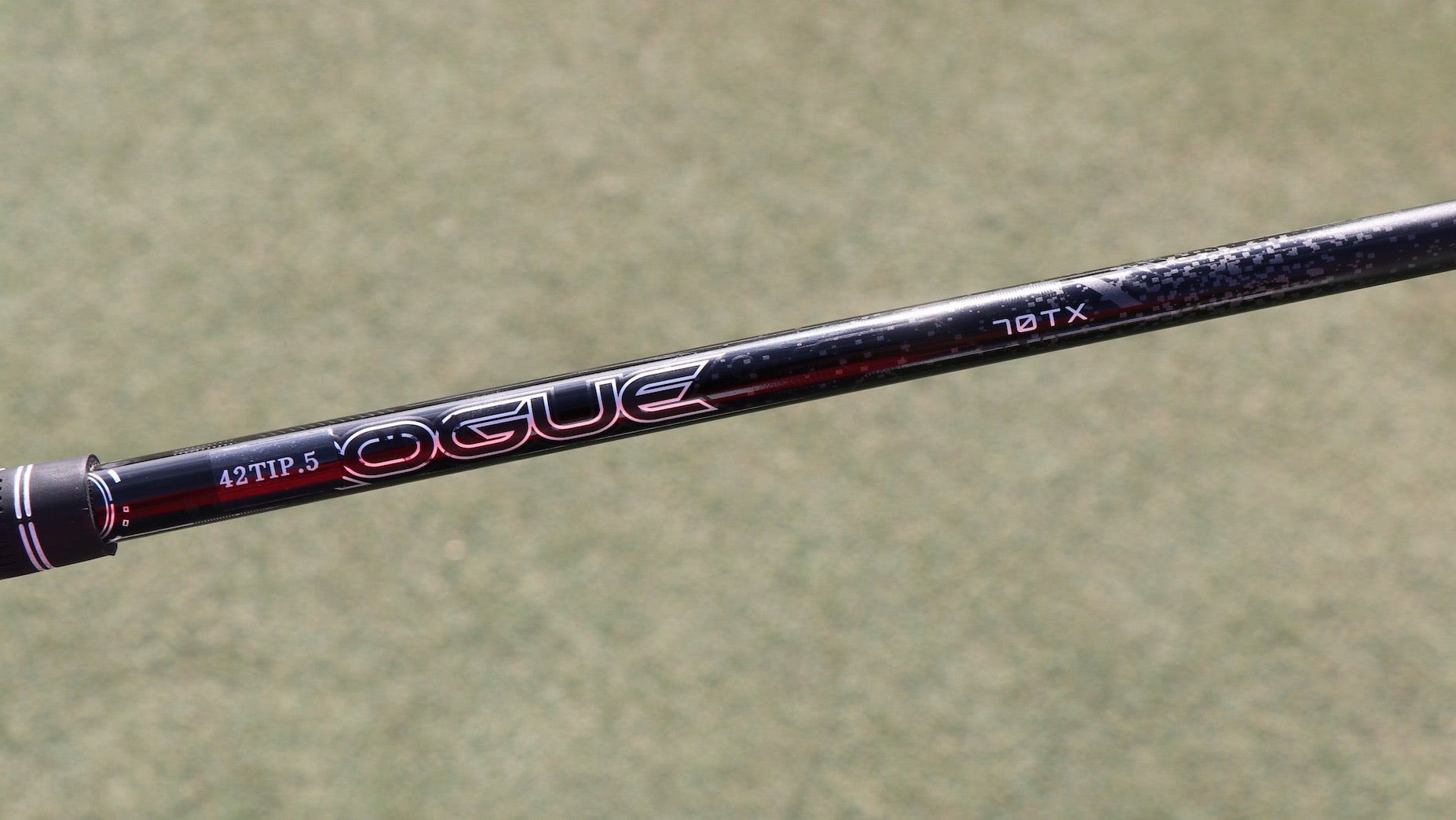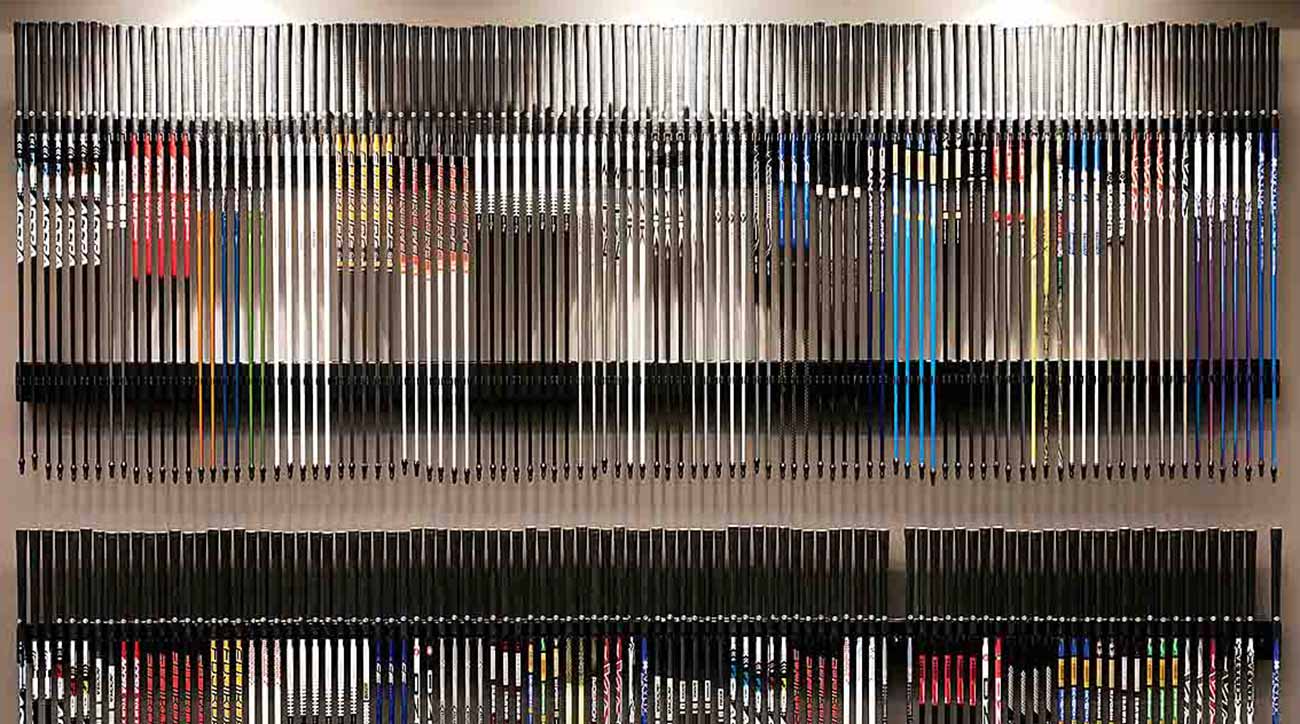People ask me all the time how much a golf club fitting could actually help them. Or, they say something like, “Who cares if my clubs aren’t perfect, I’m not good enough for it anyway.”
I’ve written on this particular topic before, with expert opinions, but recently I was able to experience the glaring issues of using poor-fitting clubs first hand. I found myself in a situation where I had to use a buddy’s set of clubs because I didn’t have my own.
Obviously, I’m not going to turn down a round of golf just because I don’t have my personal set, so I used his clubs for the day. My buddy uses significantly less stiff shafts, and we use clubs with much different designs.
Now, it’s not all doom and gloom when playing golf using clubs that aren’t perfect for you. Golf is much more than simply shooting your personal best; you can certainly have fun no matter your score. You can also adjust your swing to the equipment during the round to avoid major pitfalls.
But for a lot of us, a score matters. And if you want to fire your best round, then using clubs that are made for your golf swing is going to help tremendously. Here are the two main things I learned after playing a round of golf with poorly fit clubs.
1. They punish you even more for bad swings
A major benefit of using clubs that are made to fit your golf swing is that they tighten dispersion. You may still hit a hook or a slice, but instead of hitting houses all day, you might stay between the tree line.
For example, I’ve suffered from a bad hook my whole career with the driver. I’ve learned through fittings and troubleshooting in recent years that a stiffer shaft helps reduce that side spin and keeps me from hitting it out-of-bounds left when I miss it. I also typically couple an X-stiff shaft with a low spin driver head.
When I used my buddy’s soft-flex, game-improvement driver, however, my issues off the tee came roaring back. I was missing shots big-time left, and to the right, too. I tried to slow my swing down to reduce bending the shaft too much, but to no avail. Instead, I found some success using his stiff-flex fairway wood, which I relied on during the round, even on par-5s and long par-4s.
When playing a shaft that is wrong for your swing, as I clearly found out, it brings so many problems into play.
Tim Briand, the Senior VP of GOLF.com’s sister company True Spec Golf, recently helped me break down the rules when it comes to matching shaft flex to your swing. He says, generally speaking, a driver shaft that’s too stiff will cause shots to launch too low, with too little spin and they’ll fly too low. A shaft that’s too weak, on the other hand, may cause shots to spin too much, fly too high, and widen dispersion patterns.
5 factors to help you find the right driver shaft for your swingBy: Andrew Tursky
While playing with a driver shaft that was too weak, I was left with two options: adjust my swing and figure out how to make it work, or continue to lose distance and spray it all over the course. I actually chose the third option. I just gave up and started hitting the more reliable 3-wood. That solution isn’t as fun or effective as hitting a driver long and straight, but it’s better than losing every golf ball in the bag.
2. Unpredictable distances leading to less confidence
So we’ve established that poorly fit clubs cause greater variance in performance, right? Well, that doesn’t just hurt directional misses, but it causes issues with distance control, too. And if your club head is delivered to the golf ball in unpredictable ways, then how is it possible to hit the ball precise yardages?
One shot may spin way too much while another shot may have way too little spin on it. Yes, misses and bad swings happen, but using clubs and shafts that match your swing style work to tighten your windows and make distance more predictable. As such, using improper irons for your swing turns club selection into a guessing game.
Here are GOLF’s Top 50 Clubfitters in North America. Find one near youBy: GOLF Editors
For me, using irons I was unfamiliar with, I made the decision to aim for the center of green regardless of where the pin was. I figured that would give me the maximum margin for error for when I inevitably picked the wrong club or hit an off-center shot. (This strategy, by the way, is a good one for golfers even when playing with perfectly fit clubs, so that’s something to keep in mind!) With my normal, fit clubs, I feel comfortable aiming at pins from certain yardages, but when I can’t trust I have the right club, I can’t trust myself to attack a tucked pin. I was playing defense instead of offense for the entire round.
It’s not as fun to play golf when you’re uncomfortable with your equipment and constantly making compromises. Peace of mind, comfort, confidence and predictability are huge reasons to get properly fit clubs in your bag.
The round of golf with my pal was a lot of fun, and I figured out how to make it work with his set, but in no way could my game possibly be optimized with the wrong tools.
For more on the latest equipment news, check out our most recent Fully Equipped podcast below.












